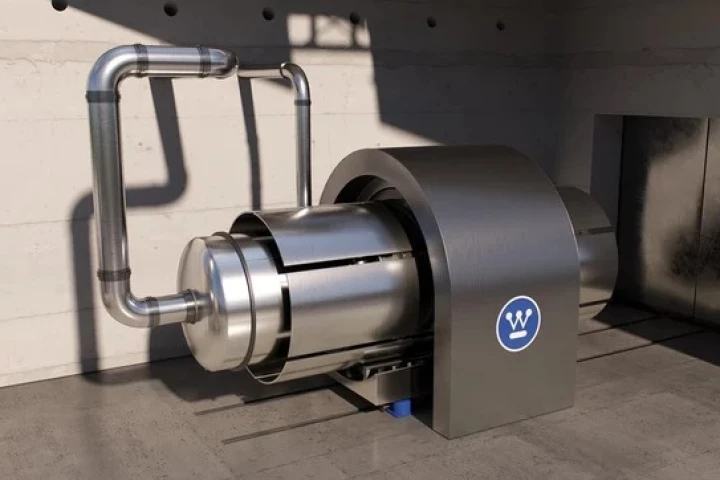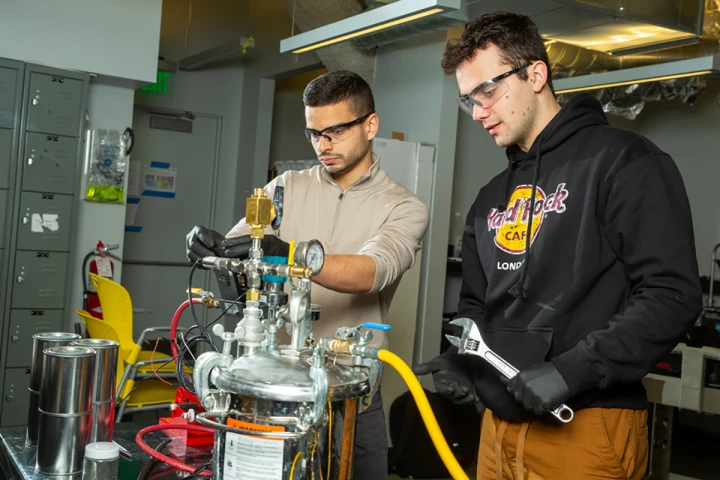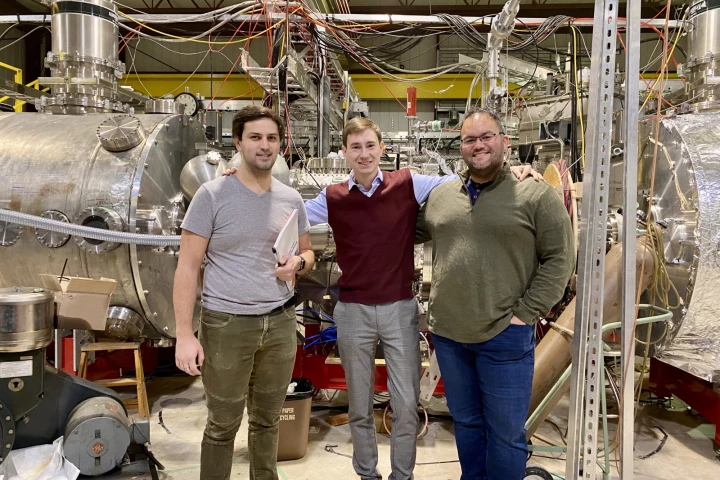Reactors
-
Moving toward an operational molten salt nuclear reactor in the next decade, Southern Company and the Idaho National Laboratory have completed the inaugural run of a first-of-its-kind test bed to foster rapid development of the technology.
-
The Idaho National Laboratory (INL) has cleared a major hurdle in making a Generation IV nuclear reactor practical. Using a new process, a team has developed a new way of processing fuel efficiently for cutting-edge molten salt reactors.
-
Since founding TerraPower in 2008, Bill Gates has had his eye on developing a safe, efficient, and clean next-gen nuclear plant. That project, called Natrium, has already broken ground in Wyoming and has just leaped over a critical hurdle.
-
In what it calls "the world's first corporate agreement to purchase nuclear energy from multiple small modular reactors," Google has taken another step toward its goal of achieving net-zero emissions from its operational chain by 2030.
-
Westinghouse Electric Company is advancing its revolutionary eVinci nuclear microreactor. Based on space nuclear technology, it boasts a tiny footprint, no moving parts, and can be swapped out for refueling, much like replacing a used gas bottle.
-
Kairos Power has broken ground at Oak Ridge on the first officially approved Generation IV reactor ever in the US and the first non-light-water reactor in 50 years.
-
MIT scientists have discovered an intriguing new way to produce hydrogen fuel, using just soda cans, seawater and coffee grounds. The team says the chemical reaction could power engines or fuel cells in marine vehicles that suck in seawater.
-
The Princeton Plasma Physics Laboratory (PPPL) hits a new fusion reactor endurance record that could open the door to practical fusion power on a commercial scale. Using a tungsten lining, the WEST reactor held a reaction for six minutes.
-
The insides of nuclear fusion reactors are violent and chaotic places. A new cold-spray coating can take the heat and also trap some rogue hydrogen particles at the same time, potentially making for smaller, better plasma chambers.
-
They say that 'small is beautiful,' and the Westinghouse Electric Company seems to have embraced this with the unveiling of its AP300 Small Nuclear Reactor (SMR), which combines Gen III+ reactor technology with a more compact, economical size.
-
Greenhouse gases and plastic waste are two of the biggest environmental problems the world faces today. A new reactor from Cambridge tackles both at once, converting CO2 and used plastic bottles into useful materials, powered entirely by sunlight.
-
The US Department of Defense has announced that its Strategic Capabilities Office will go ahead with its plan to build and test a small nuclear reactor capable of being moved, and delivering between 1 - 5 MW of power for a minimum of three years.
Load More











